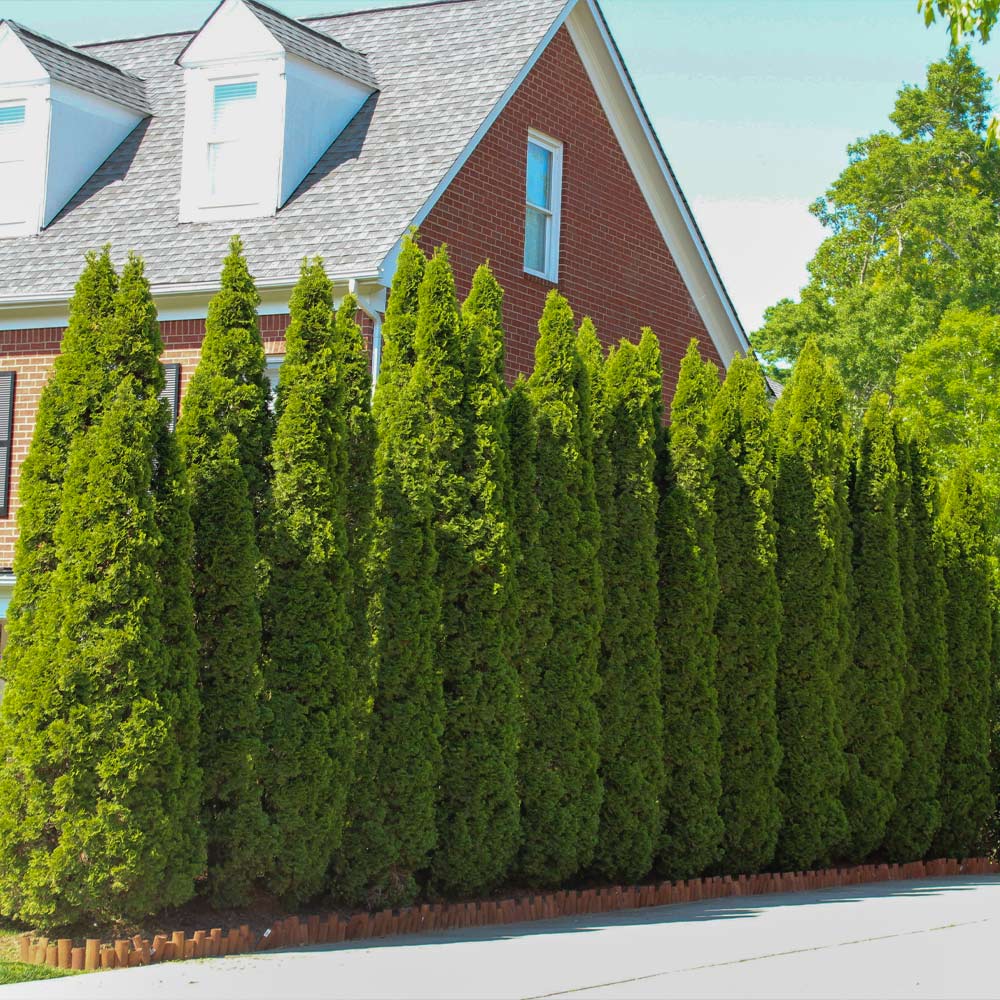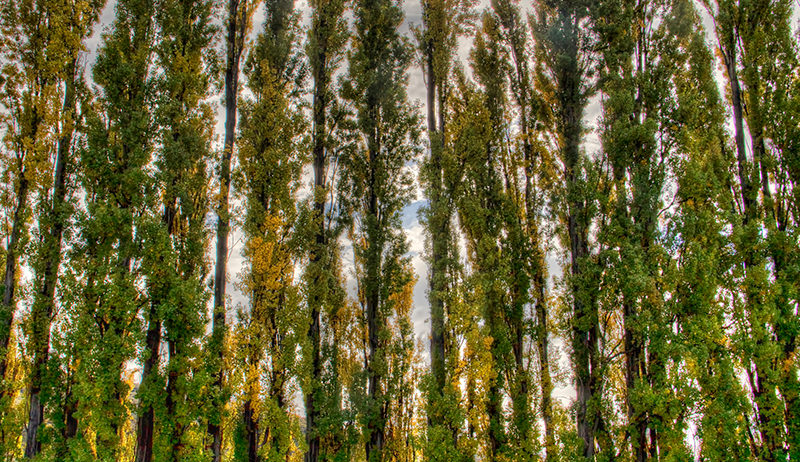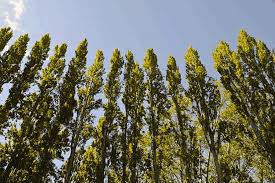Popular on Rezul
- Cut Costs & Boost Profits with the First Major Upgrade in 30 YEARS Replacing Rotary Lasers and Historic Clear Tube Altimeter Bubbles
- Inside the Fight for Affordable Housing: Avery Headley Joins Terran Lamp for a Candid Bronx Leadership Conversation
- Controversial Vegan Turns Rapper Launches First Song, "Psychopathic Tendencies."
- Data Over Drama: Market Trends 2026 to discuss what's next for Florida's real estate market
- UK Financial Ltd Announces A Special Board Meeting Today At 4PM: Orders MCAT Lock on CATEX, Adopts ERC-3643 Standard, & Cancels $0.20 MCOIN for $1
- Beucher Insurance Agency Responds to Historic Rain Event in North Lake County Florida
- T-TECH Partners with Japan USA Precision Tools for 2026 US Market Development of the New T-TECH 5-Axis QUICK MILL™
- Laurie McLennan and The McLennan Team Announces Strong Finish to 2025 With Notable Luxury Sales in La Quinta and Palm Desert
- From Cheer to Courtroom: The Hidden Legal Risks in Your Holiday Eggnog
- The 7 Visibility Problems Costing Independent Hotels Thousands Every Month
Similar on Rezul
- Allegiant Management Group Named 2025 Market Leader in Orlando by PropertyManagement.com
- Sleep Basil Mattress Co.'s Debuts New Home Page Showcasing Performance Sleep Solutions for Active Denver Lifestyles
- Holiday Decorations Most Likely to Cause Injuries
- Appliance EMT Expands Appliance Repair Services to Portland, OR and Vancouver, WA
- Hydrofast Elevates the Holiday Season: The C100 Countertop RO System Merges Smart Tech with Wellness for the Perfect Christmas Gift
- Heritage at South Brunswick's Resort-Style Amenities for Any Age and Every Lifestyle
- America's Most Festive Garages Wanted for Garage.com's 2025 Holiday Contest
- New 2025–2026 Energy Rebates: Squeaks Services Explains How to Qualify
- Platinum Plumbing Launches First Veteran Hot Water Heater Giveaway to Honor Local Heroes
- Sustainable Santa Returns to Old Sacramento
Best Plant Varieties for Windbreaks and Shelterbelts
Rezul News/10690356
Windbreaks and shelterbelts were introduced during the Dust Bowl in the United States. They were first implemented in rural areas to prevent wind blowing all the soil away. However, they are also helpful in urban areas.
ALTAMONT, Tenn. - Rezul -- What Is a Windbreak/Shelterbelt?
A windbreak is a linear planting of trees and/or shrubs to lift the wind up and over a field or homestead. A shelterbelt is a grid of trees planted around a field to protect the soil and crops from the wind. I will use windbreak because a shelterbelt is a specific type of windbreak.
Benefits of Windbreaks
Windbreaks do more than just break the wind. When properly designed and cared for, they also control blowing and drifting snow. The snow stops in the windbreak and waters the trees and shrubs that make it up. More meltwater is absorbed by the soil around a wind break, as well. Wildlife will use the windbreak to nest in and seek protection from winter storms. By cutting the wind all year and providing shade in the summer, windbreaks can save energy and heating and cooling costs. Finally, a windbreak serves as a living privacy screen.
Planning a Rural Windbreak
A windbreak in a rural area has more room to spread out than one in an urban area. In rural areas, a windbreak must be planted on two sides of the homestead to present a wedge toward the prevailing wind. First, a row of dense shrubs is planted, then a row of small deciduous trees, then alternating evergreens and deciduous trees, then a row of evergreen trees, and finally, a row of deciduous trees.
More on Rezul News
If the windbreak faces south, east, or west, the inner tree must be shade tolerant or taller than the other trees. Otherwise, it won't get enough sun to thrive. The space between rows should be twenty feet for a total thickness of 100 feet for the whole windscreen.
The spacing within rows varies. Shrubs and perennials in the outside row should be spaced 3-6 feet apart. Small trees should be 10-15 feet apart. Larger trees should be12-20 feet apart. Finally, the evergreen trees should be 20-25 feet apart in the row.
A windbreak for a field under cultivation is similar to one around the homestead. While it may seem that using 100 feet of arable land for a windbreak is a waste, crops have been shown to produce more when there is a windbreak to protect them.
Planning an Urban Windbreak
Most urban lots do not have enough space for a thick windbreak. However, a smaller windbreak with a dense shrub, a moderate-sized deciduous tree, and an evergreen tree can be planted on two sides of a lot to protect the yard from wind and storms. The windbreak will help with energy costs and act as an oasis of habitat for wildlife in the area. Make sure any trees you plant will not get over 20 feet tall if they are under power lines.
Picking Plants
The most effective windbreaks have a mix of different species of perennials, shrubs, and trees. Planting a row of the same plant means that if a disease or pest were to come along, that whole row might be wiped out at once. For example, chestnuts were once planted along streets in a monoculture. When a disease came along that infected chestnut trees, they were killed and then cut down, leaving streets without any shade at all. By mixing species of plants, one disease or pest is unlikely to kill all of the plants at once.
More on Rezul News
Witch Hazel
I would choose A witch hazel tree for the next row of my windbreak. Witch hazel grows in a wide variety of conditions and has a lot of winter interest. It grows 15-20 feet tall and that wide. The flowers are bright yellow and bloom in the fall and winter. They persist after the leaves of the tree fall off.
Sweet Bay Magnolia Tree
The sweet bay magnolia tree is native to the southeastern United States. It is a broad leaf evergreen tree with big, glossy green leaves and big, white flowers. Pollinators love the flowers. This magnolia species grows to 50 feet in most areas but can grow to be 100 feet if the conditions are right. The big white flowers are very fragrant. Birds and small mammals eat the red fruit. Magnolias are messy trees, dropping leaves all year long and dropping flower petals during the time it bloom, but they are such nice trees most people don't mind cleaning up after them.
Care of Windbreaks
Trees and shrubs take three years to establish themselves in a new area. Using native plants means that after the plants are established, you will only have to water during a drought. The first year requires frequent watering while the roots start to grow. The rule of thumb is to water them daily for the first two weeks. Gradually expand the time between watering until you water the plants once a week. After the first year, gradually start watering less until you water the trees deeply every two to three weeks. The third year, water every 3-4 weeks. After that, gradually taper off watering and only water when during a drought.
A windbreak is a linear planting of trees and/or shrubs to lift the wind up and over a field or homestead. A shelterbelt is a grid of trees planted around a field to protect the soil and crops from the wind. I will use windbreak because a shelterbelt is a specific type of windbreak.
Benefits of Windbreaks
Windbreaks do more than just break the wind. When properly designed and cared for, they also control blowing and drifting snow. The snow stops in the windbreak and waters the trees and shrubs that make it up. More meltwater is absorbed by the soil around a wind break, as well. Wildlife will use the windbreak to nest in and seek protection from winter storms. By cutting the wind all year and providing shade in the summer, windbreaks can save energy and heating and cooling costs. Finally, a windbreak serves as a living privacy screen.
Planning a Rural Windbreak
A windbreak in a rural area has more room to spread out than one in an urban area. In rural areas, a windbreak must be planted on two sides of the homestead to present a wedge toward the prevailing wind. First, a row of dense shrubs is planted, then a row of small deciduous trees, then alternating evergreens and deciduous trees, then a row of evergreen trees, and finally, a row of deciduous trees.
More on Rezul News
- PulteGroup Northeast Florida's 4th Annual Building Hope Golf Tournament raises record $224,331
- Newest David Weekley Homes Community Now Open In Georgia's Forsyth County
- "BigPirate" Sets Sail: A New Narrative-Driven Social Casino Adventure
- Phinge CEO Ranked #1 Globally by Crunchbase for the Last Week, Will Be in Las Vegas Jan. 4-9, the Week of CES to Discuss Netverse & IPO Coming in 2026
- Women's Everyday Safety Is Changing - The Blue Luna Shows How
If the windbreak faces south, east, or west, the inner tree must be shade tolerant or taller than the other trees. Otherwise, it won't get enough sun to thrive. The space between rows should be twenty feet for a total thickness of 100 feet for the whole windscreen.
The spacing within rows varies. Shrubs and perennials in the outside row should be spaced 3-6 feet apart. Small trees should be 10-15 feet apart. Larger trees should be12-20 feet apart. Finally, the evergreen trees should be 20-25 feet apart in the row.
A windbreak for a field under cultivation is similar to one around the homestead. While it may seem that using 100 feet of arable land for a windbreak is a waste, crops have been shown to produce more when there is a windbreak to protect them.
Planning an Urban Windbreak
Most urban lots do not have enough space for a thick windbreak. However, a smaller windbreak with a dense shrub, a moderate-sized deciduous tree, and an evergreen tree can be planted on two sides of a lot to protect the yard from wind and storms. The windbreak will help with energy costs and act as an oasis of habitat for wildlife in the area. Make sure any trees you plant will not get over 20 feet tall if they are under power lines.
Picking Plants
The most effective windbreaks have a mix of different species of perennials, shrubs, and trees. Planting a row of the same plant means that if a disease or pest were to come along, that whole row might be wiped out at once. For example, chestnuts were once planted along streets in a monoculture. When a disease came along that infected chestnut trees, they were killed and then cut down, leaving streets without any shade at all. By mixing species of plants, one disease or pest is unlikely to kill all of the plants at once.
More on Rezul News
- Microgaming Unveils Red Papaya: A New Studio Delivering Cutting-Edge, Feature-Rich Slots
- Why Buying a Home at Christmas will be Your Best Christmas Ever
- Adam's Plumbing & Heating Unveils the Ultimate Lakewood Plumbing Repair & Installation Resource for Homeowners and Businesses
- Hendricks Property Management #1 Property Manager in San Antonio & #27 Nationwide | Proudly Local
- 5-Star Duncan Injury Group Expands Personal Injury Representation to Arizona
Witch Hazel
I would choose A witch hazel tree for the next row of my windbreak. Witch hazel grows in a wide variety of conditions and has a lot of winter interest. It grows 15-20 feet tall and that wide. The flowers are bright yellow and bloom in the fall and winter. They persist after the leaves of the tree fall off.
Sweet Bay Magnolia Tree
The sweet bay magnolia tree is native to the southeastern United States. It is a broad leaf evergreen tree with big, glossy green leaves and big, white flowers. Pollinators love the flowers. This magnolia species grows to 50 feet in most areas but can grow to be 100 feet if the conditions are right. The big white flowers are very fragrant. Birds and small mammals eat the red fruit. Magnolias are messy trees, dropping leaves all year long and dropping flower petals during the time it bloom, but they are such nice trees most people don't mind cleaning up after them.
Care of Windbreaks
Trees and shrubs take three years to establish themselves in a new area. Using native plants means that after the plants are established, you will only have to water during a drought. The first year requires frequent watering while the roots start to grow. The rule of thumb is to water them daily for the first two weeks. Gradually expand the time between watering until you water the plants once a week. After the first year, gradually start watering less until you water the trees deeply every two to three weeks. The third year, water every 3-4 weeks. After that, gradually taper off watering and only water when during a drought.
Source: TN Nursery
Filed Under: Home
0 Comments
Latest on Rezul News
- Capital Has Gone Global. Real Estate Hasn't. Why 2026 Marks a Turning Point
- Record Revenue, Tax Tailwinds, and AI-Driven Scale: Why Off The Hook YS Inc. Is Emerging as a Standout in the $57 Billion U.S. Marine Market
- VSee Health (N A S D A Q: VSEE) Secures $6.0M At-Market Investment, Accelerates Expansion as Revenues Surge
- Children Rising Appoints Marshelle A. Wilburn as New Executive Director
- New Homes for sale in Smithville Texas
- Fairmint CEO Joris Delanoue Elected General Director of the Canton Foundation
- Sleep Basil Mattress Co.'s Debuts New Home Page Showcasing Performance Sleep Solutions for Active Denver Lifestyles
- Bent Danholm Joins The American Dream TV as Central Florida Host
- The Nature of Miracles Celebrates 20th Anniversary Third Edition Published by DreamMakers Enterprises LLC
- Artificial Intelligence Leader Releases Children's Book on Veterans Day
- RealEstateRelated.com Completes Pre-Seed Equity Round to Advance AI Infrastructure
- Felicia Allen Hits #1 Posthumously with "Christmas Means Worship"
- Why Investing in Rental Properties in Brevard County, Florida, Is a Smart Move
- CCHR Documentary Probes Growing Evidence Linking Psychiatric Drugs to Violence
- Mesa West Capital Funds $30 MM Loan for Acquisition of Industrial Asset in San Francisco Bay Area
- Top Lāna'i Real Estate Agent Kimmy Brooke at the Forefront of Brokerage's Rebrand to Hawaii Modern Realty
- Tokenized Real-World Assets: Iguabit Brings Institutional Investment Opportunities to Brazil
- MEX Finance meluncurkan platform keuangan berbasis riset yang berfokus pada data, logika, dan efisiensi pengambilan keputusan investasi
- From MelaMed Wellness to Calmly Rooted: A New Chapter in Functional Wellness
- New Angles US Group Founder Alexander Harrington Receives Top U.S. Corporate Training Honor and Leads Asia-Pacific Engagements in Taiwan



